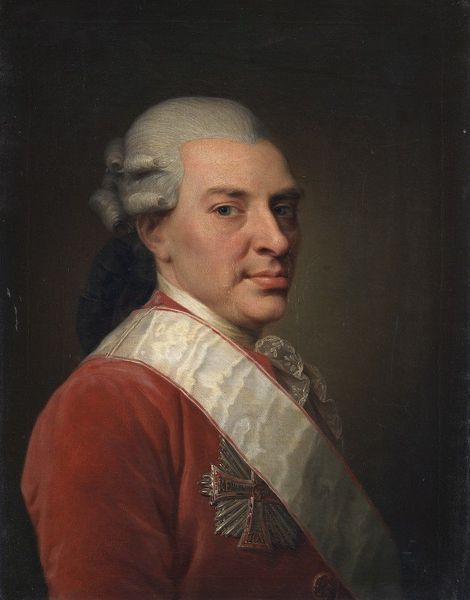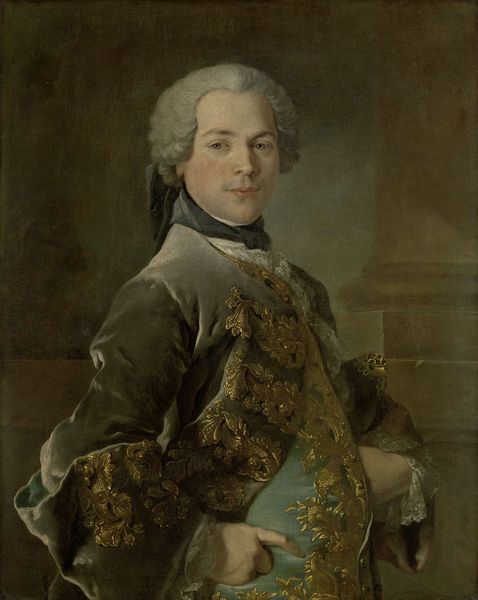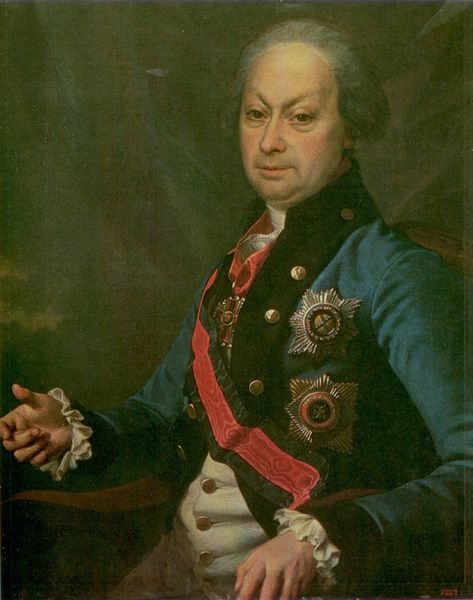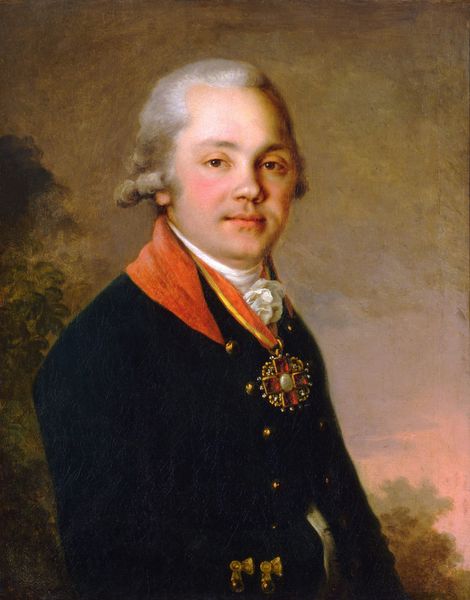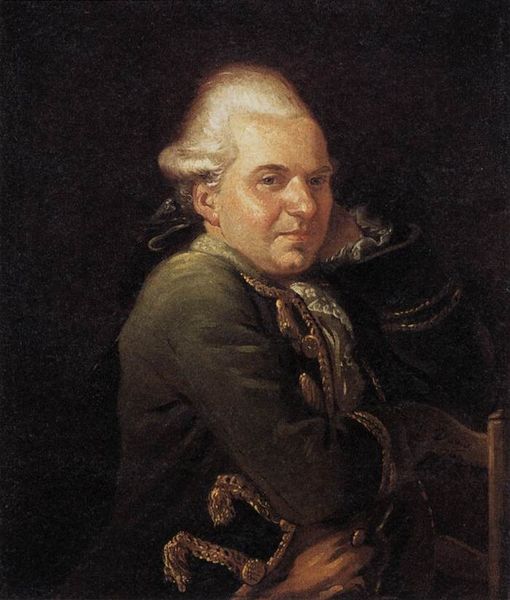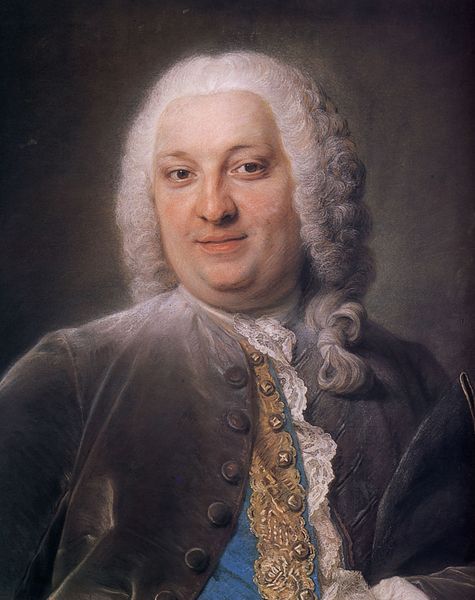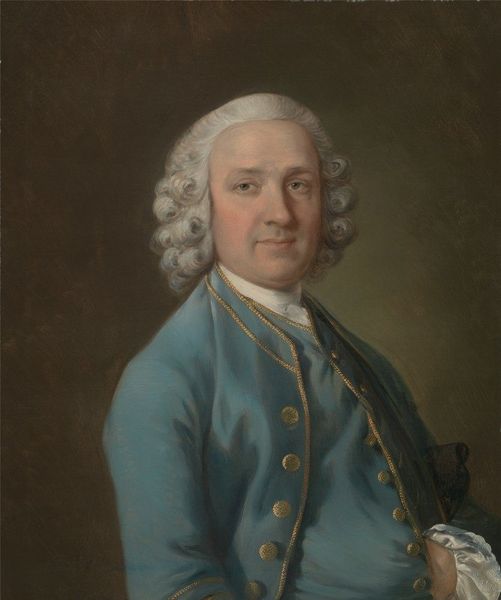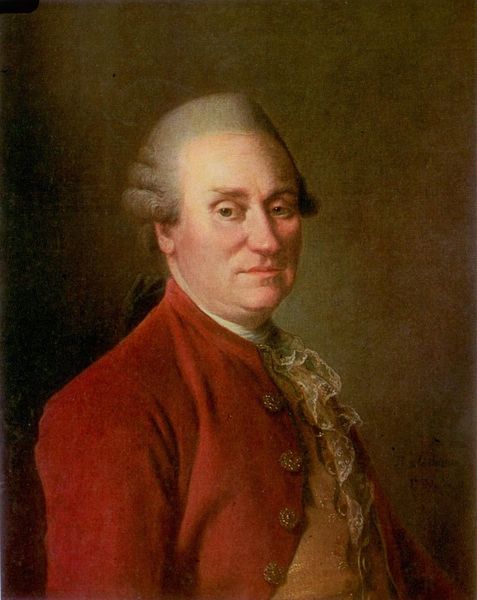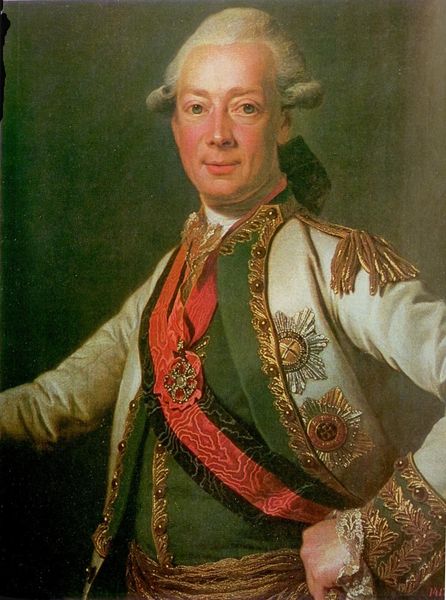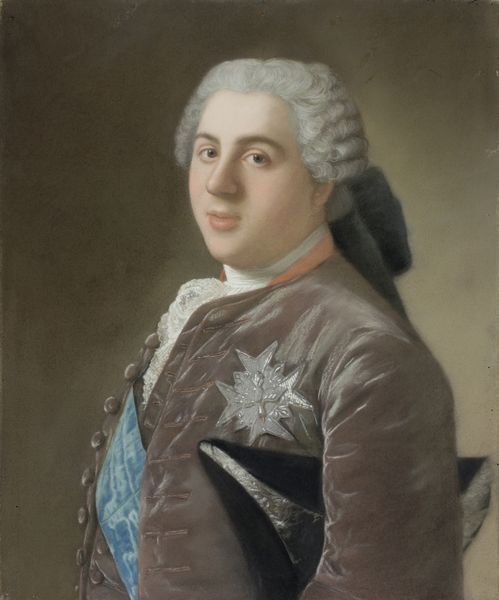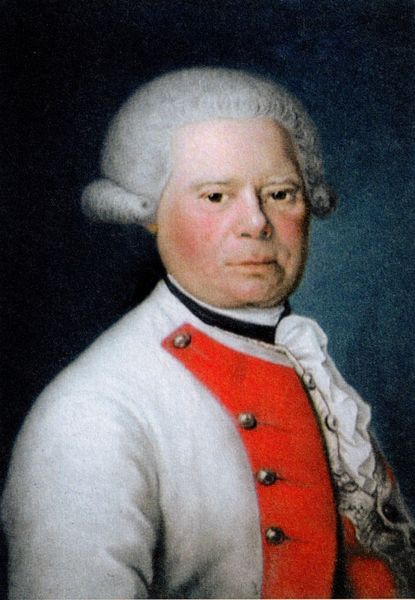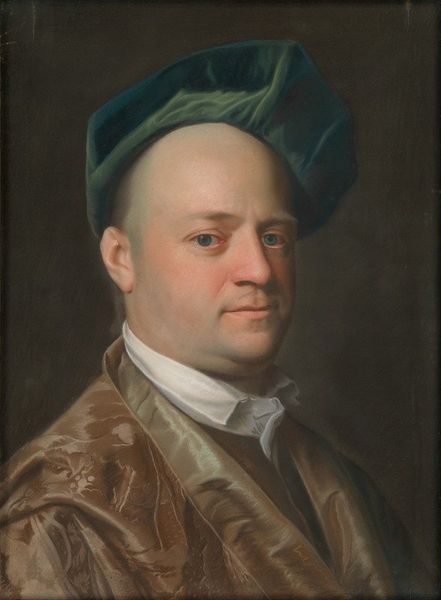
painting, oil-paint
#
portrait
#
painting
#
oil-paint
#
figuration
#
15_18th-century
#
history-painting
#
realism
#
rococo
Copyright: Public domain
Curator: Looking at Rokotov’s "Portrait of the Poet Vasily Maykov" from 1760, one immediately appreciates its subtle yet confident handling of character within the conventions of portraiture at the time. Editor: It has a very particular glow, wouldn’t you agree? The subtle blending of tones, that restrained palette, everything contributes to a rather intimate depiction against an indeterminate dark ground. Curator: Absolutely. The very fact that Rokotov, already a known portraitist of nobility, was commissioned to paint Maykov, a prominent poet and playwright, indicates Maykov’s rising social standing through his literary achievements. Art, especially portraiture, played a key role in solidifying social identity back then. Editor: Yes, it’s a character study achieved with remarkable economy. Consider how the artist uses the restrained composition – the slightly averted gaze, the soft modelling of the face – to imply intellect and perhaps a hint of self-awareness. Even the colours seem deliberately chosen to enhance the psychological effect. Curator: The somewhat muted color scheme of dark greens, red and creams does direct attention toward the face, suggesting the importance of the sitter’s inner world in line with enlightenment ideals. It speaks to how art became an essential avenue to express or establish a status or philosophical outlook within a court or the larger intellectual society. Editor: Indeed, and while the painting embodies realistic style, notice how the lighting is controlled to emphasize only certain features. Observe the slightly softened edges and contours around his face, for instance. Rokotov directs our visual focus toward this region. This isn’t a photographic depiction. It's an artistic interpretation where the handling of form contributes meaningfully to our understanding. Curator: And thinking about the Tretyakov Gallery's holdings, it highlights the shift of artistic patronage away from exclusively religious themes and toward celebrating individual achievements within Russian society. It reflects a burgeoning cultural shift driven by influential figures like Maykov, supported through artwork itself. Editor: Ultimately, Rokotov gives us more than just an image. It’s an impression, meticulously crafted and structured through colour, line and tone. Curator: And more than that, it's evidence of how the Russian artistic establishment positioned important people. Editor: A masterfully arranged composition all the same.
Comments
No comments
Be the first to comment and join the conversation on the ultimate creative platform.
